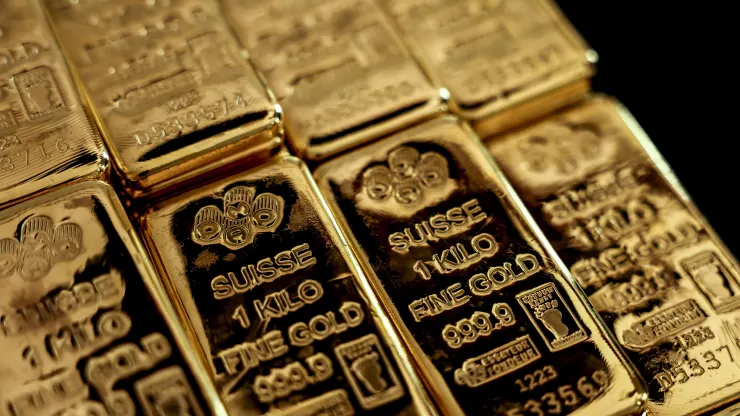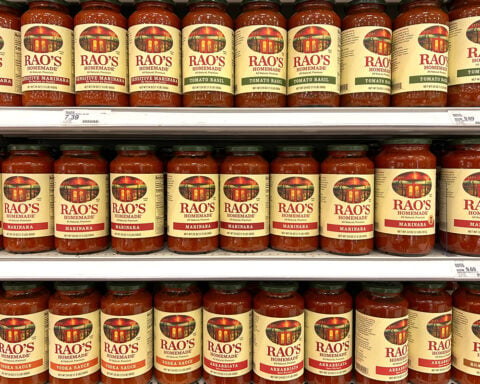The shimmering allure of gold continues to intensify as it nears record-breaking prices, fueled by a combination of geopolitical tensions and economic unpredictability. Financial experts like Citigroup are increasingly optimistic, projecting that the precious metal might hit the $3,000 mark per ounce within six to eighteen months. This bullish outlook is supported by a mix of factors, including central bank initiatives, shifts in investor sentiments, and broader economic indicators.
In a recent assessment, Citigroup analysts Aakash Doshi and Arkady Gevorkyan likened gold’s potential performance to “shining bright like a diamond,” suggesting significant upward adjustments to their price forecasts. They note, “The recent gold rally has been aided by geopolitical heat and is coinciding with record equity index levels,” highlighting gold’s status as a preferred asset during financial and political instability. They further pointed out, “Financial gold demand seems to be playing catch-up with robust physical,” indicating a strong push that could drive higher prices.
Gold has traditionally been seen as a dependable safeguard against inflation and economic downturns, roles that are becoming increasingly relevant. As it diverges from typical financial patterns like U.S. interest rates and the dollar, gold’s intrinsic appeal draws retail and institutional investors. Its physical demand, especially from significant markets in India and China, along with substantial purchases by central banks, continues to support its price surge.
Goldman Sachs has echoed this positive sentiment, describing the gold market as an “unshakeable bull market” and upgrading their end-of-year price target for gold. This optimism is reflected in the vigorous trading of gold futures, which consistently achieve new record prices.
Anticipation is building in financial circles as gold prices inch closer to the significant milestone of $3,000 per ounce. This potential achievement is more than a numerical target; it represents a broader narrative of resilience and strategic importance in a world facing complex economic challenges. Gold’s role as a fundamental asset in investment portfolios is increasingly reinforced as it provides security and potential for appreciation.
Leading analysts and financial institutions’ optimistic forecasts highlight gold’s capacity to hedge against inflation and economic instability. As the metal approaches this record price, its journey reflects deep-seated confidence among investors who value gold for its inherent stability and ability to safeguard assets in tumultuous times. This ongoing confidence in gold reinforces its position as a cornerstone of prudent investment strategies, especially when navigating uncertain economic landscapes.







